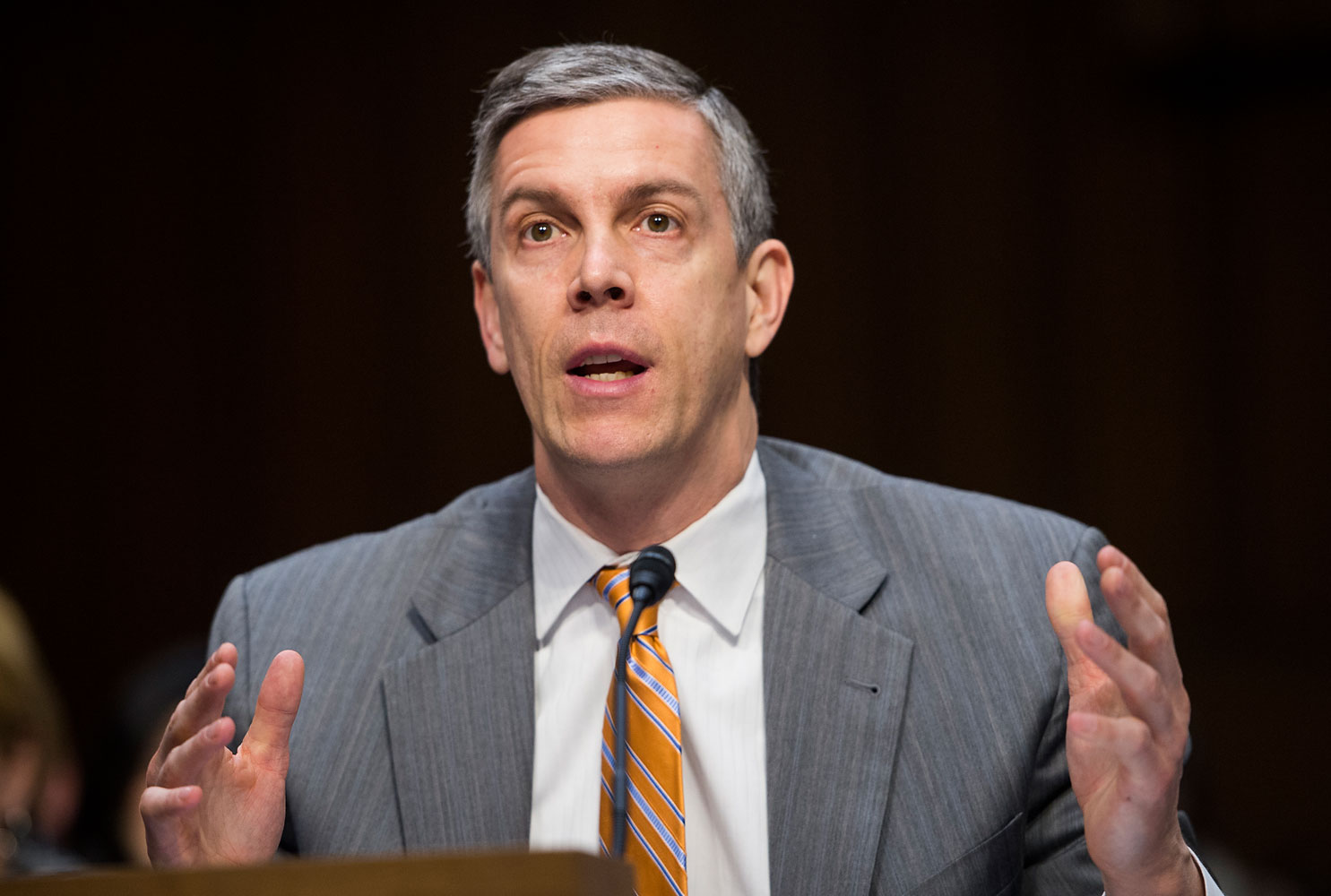
The Obama Administration is taking aim at institutions designed to propel students into careers, but that too often land them deep in debt instead. On Friday, the Department of Education released new regulations that will cap loan payments for graduates of so-called “gainful employment programs,” offered both at for-profit schools and community colleges, to 20% of discretionary income and 8% of total income. The institutions must stick to the caps and keep loan default rates under 30% in order to continue receiving federal financial aid.
Though some of these job-training institutions properly prepare students for the work force, the majority of for-profit schools designed to propel students straight into careers do not. The Department of Education estimates that about 72% of graduates of for-profit programs designed to propel students straight into careers earn less than high school dropouts. And while students at for-profit colleges represent just 13% of the higher education population, they comprise a disproportionate 31% of student loan recipients and half of all defaults. Students at for profits are often veterans and adults.
U.S. Education Secretary Arne Duncan said in a statement regarding the new rules, “Higher education should open up doors of opportunity, but students in these low-performing programs often end up worse off than before they enrolled: saddled by debt and with few – if any – options for a career.” He added, “Success in career education should be measured by how many students graduate prepared for a good job with sufficient earnings.”
If a program is found to have high debt-to-earnings rates or high default rates, either for two out of three years or for three consecutive years, it could be completely ineligible for federal financial aid. About 8,000 institutions will be impacted by the new regulations, which also require schools to meet accreditation and licensing standards and publicly disclose information about cost, debt, and program effectiveness.
Secretary Duncan says he is confident most schools will meet the standards or improve within three years. The goal, he said on a conference call with reporters on Thursday, is not to eliminate the programs altogether, but to “shine a spotlight on those doing good work while making sure students and consumers are aware of those that are not.”
For profit institutions can receive up to 90 percent of their revenue from taxpayer money. The Department of Education estimates gainful employment programs receive about $26 billion in federal loans and $10 billion in federal grants every year.
The new regulations come on the heels of regulations proposed in 2011 that also sought to restrict federal aid from programs that were not adequately preparing students. Those rules, which required that 35% of former students be actively repaying loans, were struck down by a federal judge in Washington in 2012.
More Must-Reads from TIME
- How Canada Fell Out of Love With Trudeau
- Trump Is Treating the Globe Like a Monopoly Board
- Bad Bunny On Heartbreak and New Album
- See Photos of Devastating Palisades Fire in California
- 10 Boundaries Therapists Want You to Set in the New Year
- The Motivational Trick That Makes You Exercise Harder
- Nicole Kidman Is a Pure Pleasure to Watch in Babygirl
- Column: Jimmy Carter’s Global Legacy Was Moral Clarity
Contact us at letters@time.com